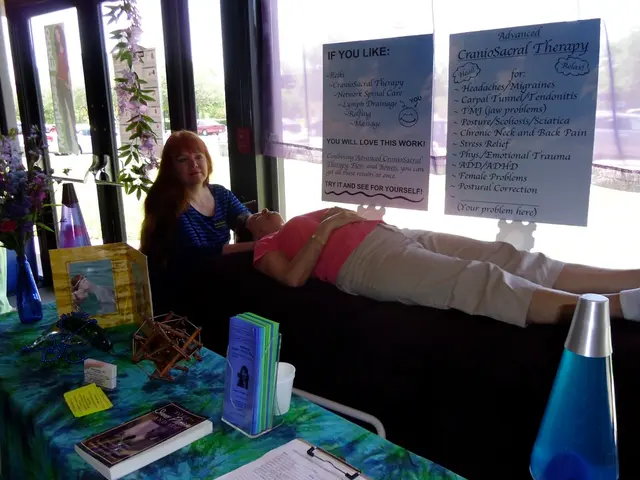Strategies to Evade Manipulation: Achieving Emotional Autonomy Through 6 Methods
In an intricate dance of power and manipulation, gaslighting has become a destructive tactic in various relationships, from romantic partnerships to friendships and professional settings. This insidious form of emotional abuse erodes a person's confidence in their own reality and autonomy, but it is not an insurmountable challenge.
Gaslighting often follows a pattern known as the cycle of abuse, which includes tension-building, explosion, reconciliation, and calm phases. It manifests in several ways, such as denying or dismissing someone's experiences, constantly contradicting or changing their story, blaming the victim, and isolating them from friends and family. Common signs of gaslighting include frequently doubting your own memory or feelings, feeling confused or "crazy," and experiencing feelings of hopelessness, worthlessness, and self-doubt.
Recognising one's vulnerability is essential, as those who feel emotionally dependent or powerless in a relationship are more likely to be targets of gaslighting. This dependence can weaken your ability to set boundaries or leave the relationship, making the manipulation harder to detect or confront.
However, there are strategies to deal with gaslighting effectively. Trusting your instincts and validating your emotions is crucial. Keeping a record of incidents and conversations can help confirm your memory when it's challenged. Creating healthy distance from conversations where reality is distorted and setting clear boundaries can help assert control over your experience. Seeking support from trusted friends, therapists, or counselors can maintain perspective and emotional safety. Using confident, first-person language to assert your reality without needing to prove yourself can also be empowering.
Establishing boundaries and developing self-care strategies are important for protecting oneself from further abuse and promoting healing. Healing from trauma is a journey and may take time, but journaling, seeking support from friends and family, engaging in creative outlets such as art or music, and practicing relaxation techniques such as deep breathing or progressive muscle relaxation are additional self-care strategies for survivors of gaslighting.
Leaving an abusive relationship can be a challenging but necessary step for victims of gaslighting. Seeking legal protection through restraining orders or protective orders, finding a safe place to stay, and cutting off contact with the abuser are important steps in this process. Therapy and counseling can provide a safe and non-judgmental space for victims to process their experiences, validate their emotions, and develop coping strategies.
Raising awareness about gaslighting, emotional abuse, and domestic violence is crucial in combating these issues. Advocacy can involve sharing personal stories, participating in awareness campaigns, supporting organisations that provide resources for survivors, and advocating for policy changes that protect victims of domestic violence.
In summary, gaslighting is a form of emotional abuse that manipulates someone's perception of reality. By understanding its signs, strengthening self-awareness, and seeking support, victims can protect themselves and regain control in their relationships. Healing from gaslighting is a journey, but with the right strategies and support, it is possible to rebuild self-esteem, regain a sense of control, and move towards a healthier, more empowered future.
Engaging in healthy lifestyle practices can aid in building resilience against gaslighting, as mental health and wellness play a vital role in recognizing its signs. For instance, cultivating strong relationships with friends and family can provide a support system during difficult times.
In addition, maintaining an active interest in science and its advancements, particularly in the realm of psychology and human behavior, can give insights into gaslighting tactics, thereby enabling individuals to better respond to them.




